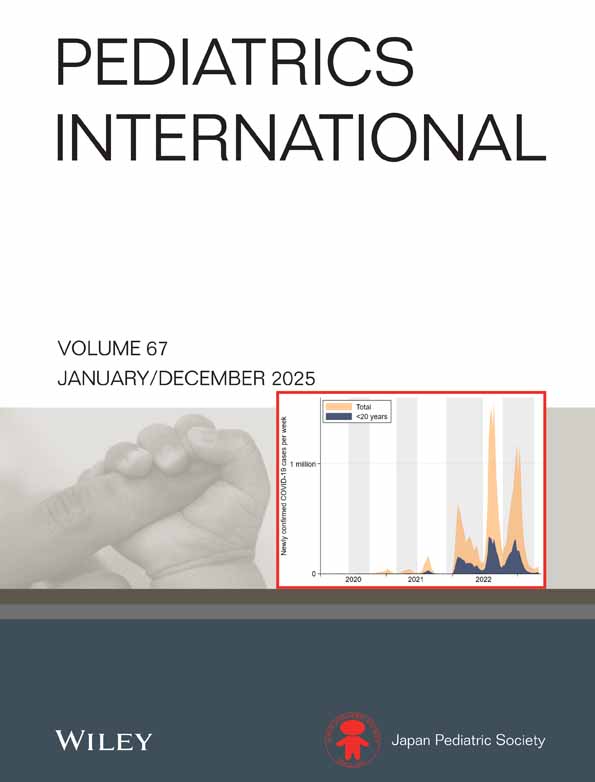Clinical observation of 14 cases of childhood polyarteritis nodosa in Japan
Abstract
An epidemiological survey of childhood polyarteritis nodosa was conducted at 1290 hospitals followed by a secondary survey of hospitals that had therapeutic experience with the disease. Fourteen cases obtained from these surveys were studied clinically. The male-female ratio was 4:3. The mean age at onset was 10.6 years. To established the diagnosis, skin biopsy was performed in 43%, retrograde aortography in 21%, and kidney biopsy in 14% of cases. Non-specific symptoms such as fever (86%), skin eruption (50%), arthritis (50%), myalgia (50%), abdominal pain (43%) and hypertension (36%) were often noted as clinical findings at the initial visit. Throughout the clinical course, symptoms considered to be caused by local angiopathy, including interrupted blood circulation, were frequently noted. On blood tests, no specific findings other than acute inflammatory reaction were observed. Steroid preparations were used for treatment in all cases but one, and about half of them are presently free from steroids. Immunosuppressants were administered in 10 cases. As for prognosis, all patients are alive, but untoward sequelae were noted in 36% of cases. The results of the present survey reinforced the difficulty of establishing a final differential diagnosis because specific findings were scarce for this disease, as stated in previous reports. Establishing a method for early diagnosis by gathering and analyzing more data in detail will be necessary in the future.




